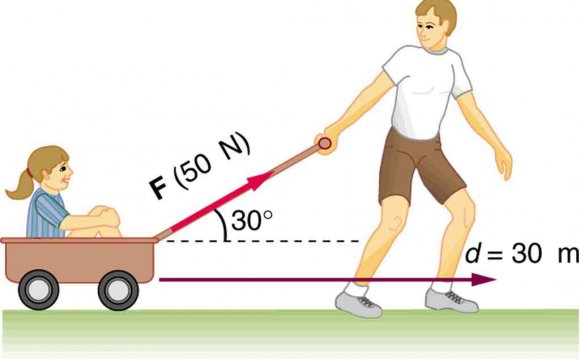
APS David Myers Lecture on Teaching Psychology - Linda Bartoshuk
 Linda Bartoshuk
Linda Bartoshuk
My entire family loves pickles — except me. At our family reunion there are several large jars of pickles on the table, and when the day is done, one of my uncles drinks the pickle juice from each jar. The only time I have eaten a pickle was for a contest that I was determined to win, and let’s just say it didn’t sit so well. I am not a pickle fan, a character flaw generously overlooked by my relatives, at least so far.
My family and I clearly differ immensely when it comes to taste. Who’s to say that the saltiness or sweetness that I hate about pickles isn’t the very reason that my cousins love them? When it comes down to it, it’s virtually impossible to compare experiences like taste or pleasure across individuals, but we still try — as a human species we want to share each other’s experiences.
In an effort to categorize our sensory experiences, we use various adjectives, like “strong, ” “sweet, ” or “hot.” Take, for example, a woman who has just given birth. She describes her pain as “very strong.” She may also describe a cup of tea as “very strong” later that day. We know that she does not mean to suggest that the flavor of the tea was the same intensity as her pain. What she is really saying is that among all of the pain that she has experienced, childbirth was very strong, and among all of the tea she has had, that particular cup was very strong.
This is relatively harmless in conversation, but what about when scientists or doctors use one scale that they believe fits all domains? APS President Linda Bartoshuk, University of Florida, tackled this question in presenting the APS David Myers Lecture on the Science and Craft of Teaching Psychology at the APS 21st Annual Convention.
Visual analog scales (VAS), as Bartoshuk pointed out, are widely used in psychology and medicine to measure a characteristic or attitude that is believed to range across a continuum of values. You’re likely to be administered one of these scales in the hospital when the nurse asks you to rate your pain on a scale from “none” to “agonizing.”
Bartoshuk first encountered problems with using this rigid scale when she began studying the differences between supertasters and normal tasters. Supertasters aren’t as remarkable as they sound; they were just born with more fungiform papillae, the small structures on the tongue that house taste buds. This not only causes supertasters to taste more, but they also feel more intense sensations of other kinds. Give them a bowl of chili and they will feel more burn, a scoop of ice cream and they will experience more creaminess from the fat. Put another way, “Supertasters live in a neon taste world compared to the pastel taste world of others, ” Bartoshuk explained. If supertasters experience more from food, their taste scales are going to be expanded compared to normal tasters and, Bartoshuk argued, conventional scales, like the VAS, will not reflect this discrepancy.
YOU MIGHT ALSO LIKE












